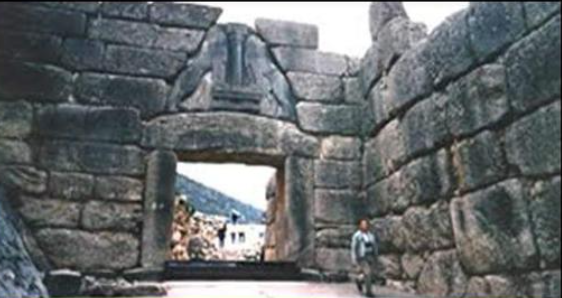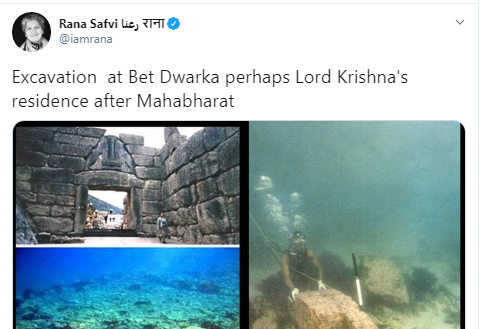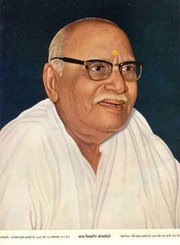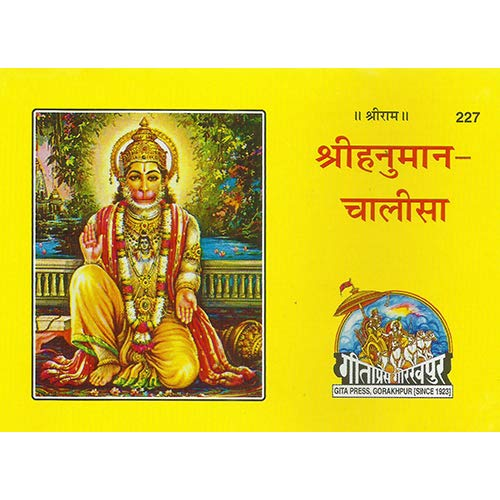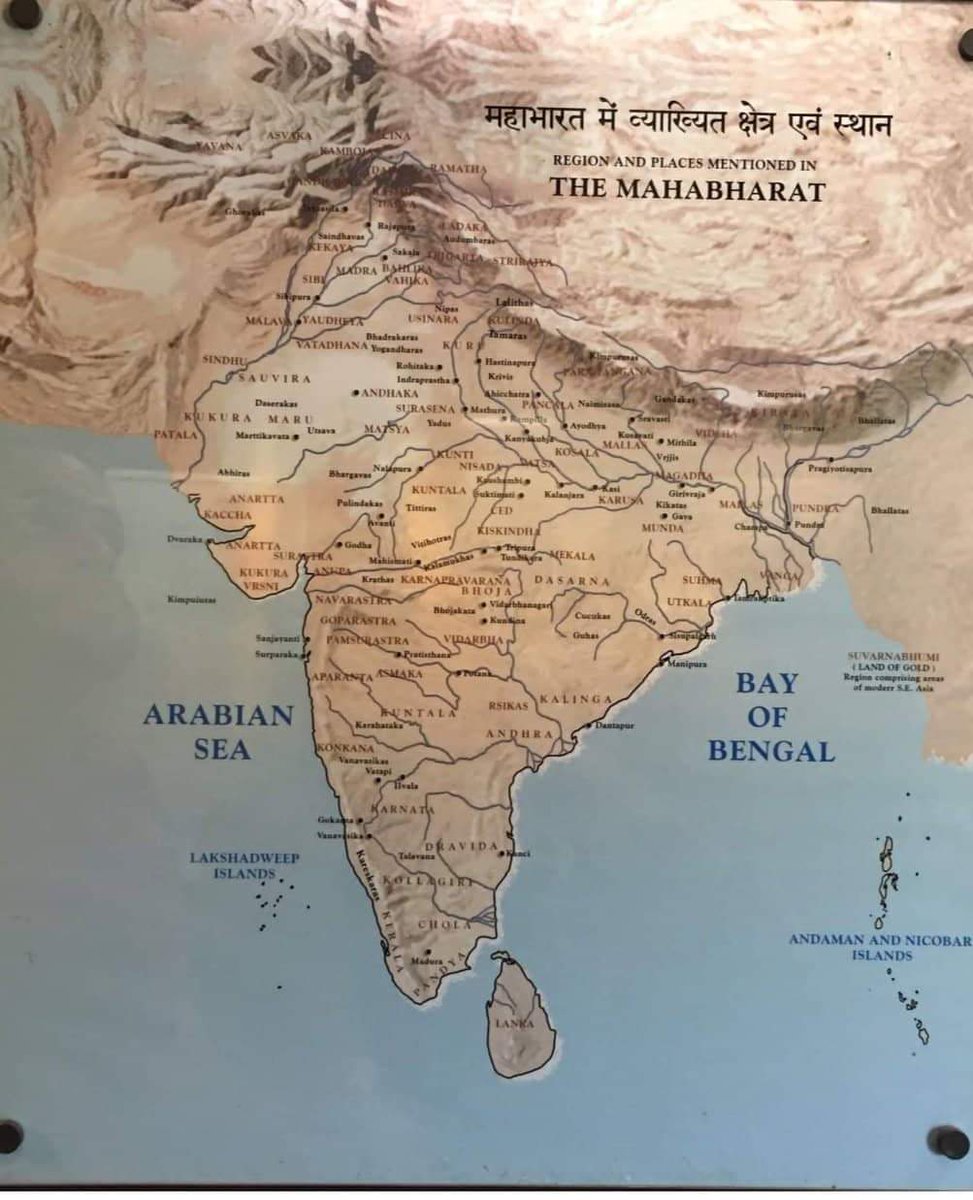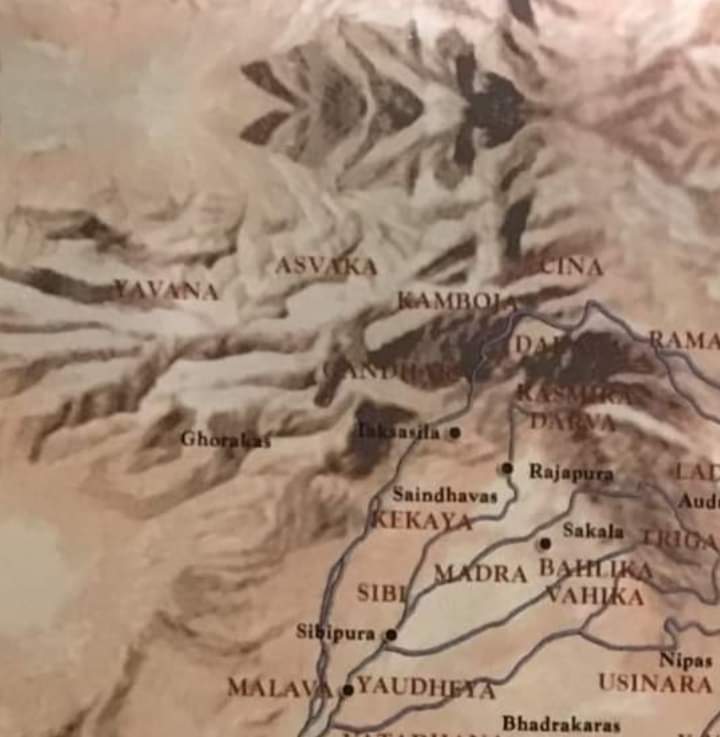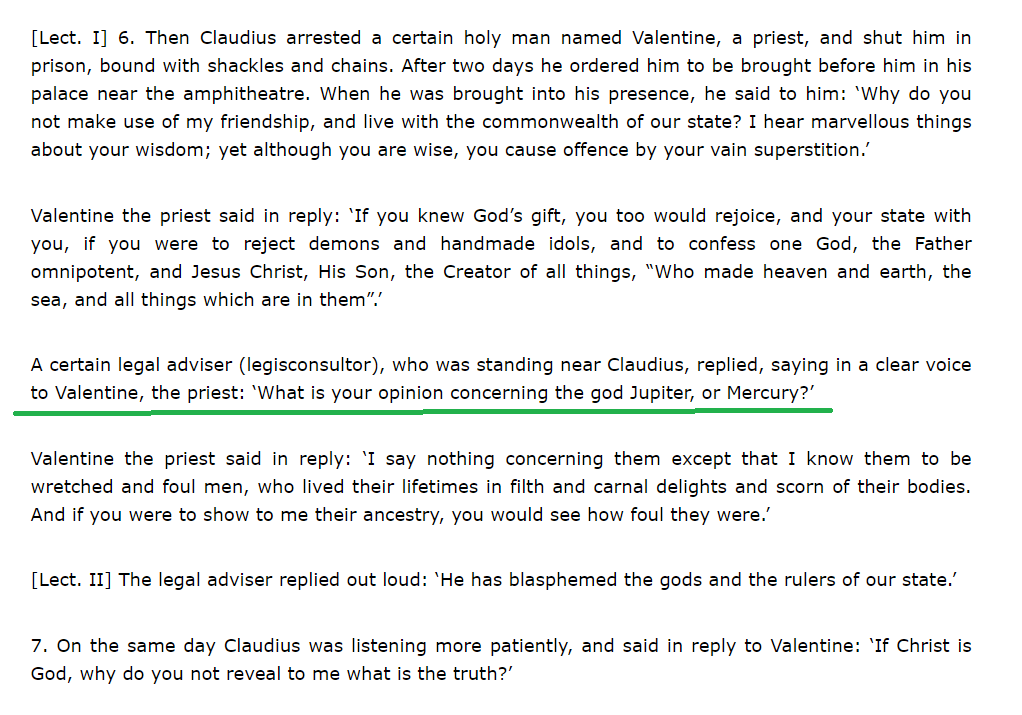Menon uncle,
If you are talking about me, please at least have the decency to tag me.
What is the terror? I won't bite. What is hilarious is your complete ignorance. Thread
If you are talking about me, please at least have the decency to tag me.
What is the terror? I won't bite. What is hilarious is your complete ignorance. Thread
https://twitter.com/kazhugan/status/1300014232201617409
WRONG!
That is NOT "Bali iconography" & that figure is NOT "Bali figure".
In the artistic convention of early Trivikrama sculptures such as those from Mathura & Badami, Trivikrama DOES NOT trample Bali. He stamps Rahu.
That is NOT "Bali iconography" & that figure is NOT "Bali figure".
In the artistic convention of early Trivikrama sculptures such as those from Mathura & Badami, Trivikrama DOES NOT trample Bali. He stamps Rahu.
https://twitter.com/kazhugan/status/1300018732769529856
In the sculptures of Mathura and Badami and also in several later day depictions, Vishnu DOES NOT place his foot upon Bali. The laughing face in the sky is Rahu.
You seem to be absolutely clueless about conventions of early Indian art.
You seem to be absolutely clueless about conventions of early Indian art.

Bali is SHOWN in the SAME sculpture. He is shown pouring water in the hands of Vamana and confirming his gift. His wife vindhyavali stands to his right.
With his Uttariya and choti, he looks very much like a member of the "choti and thread" club :)))
With his Uttariya and choti, he looks very much like a member of the "choti and thread" club :)))

I am STUNNED by the UTTER stupidity of this tweet.
Uncle posts a painting of Vamana trampling Bali who is shown wearing a crown on his head & getting buried in the ground
How does one expect to SEE choti on the head when the head is COVERED by crown?
Uncle posts a painting of Vamana trampling Bali who is shown wearing a crown on his head & getting buried in the ground
How does one expect to SEE choti on the head when the head is COVERED by crown?
https://twitter.com/kazhugan/status/1300019805672452097
Here is COMMON SENSE 101.
If you WANT to SEE Choti on Bali's head, you have to consider a painting that DOES NOT HIDE Bali's head with a crown.
Here is a painting of Vamana and Bali without a crown from Bilaspur (c. 1700 CE).
One can CLEARLY see Choti on Bali's head
If you WANT to SEE Choti on Bali's head, you have to consider a painting that DOES NOT HIDE Bali's head with a crown.
Here is a painting of Vamana and Bali without a crown from Bilaspur (c. 1700 CE).
One can CLEARLY see Choti on Bali's head
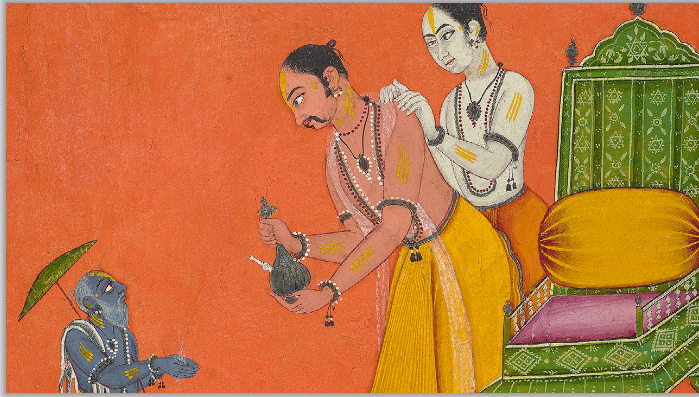
Here is another painting of Vamana & crown-less Bali presented to King Edward VII by Munguldass Nathoobhoy in 1875.
Bali is shown as Yajamana seated with wife Vindhyavali. He pours water in Vamana's hand confirming the gift.
Bali is CLEARLY shown with a Choti, Tilak and Janeu
Bali is shown as Yajamana seated with wife Vindhyavali. He pours water in Vamana's hand confirming the gift.
Bali is CLEARLY shown with a Choti, Tilak and Janeu
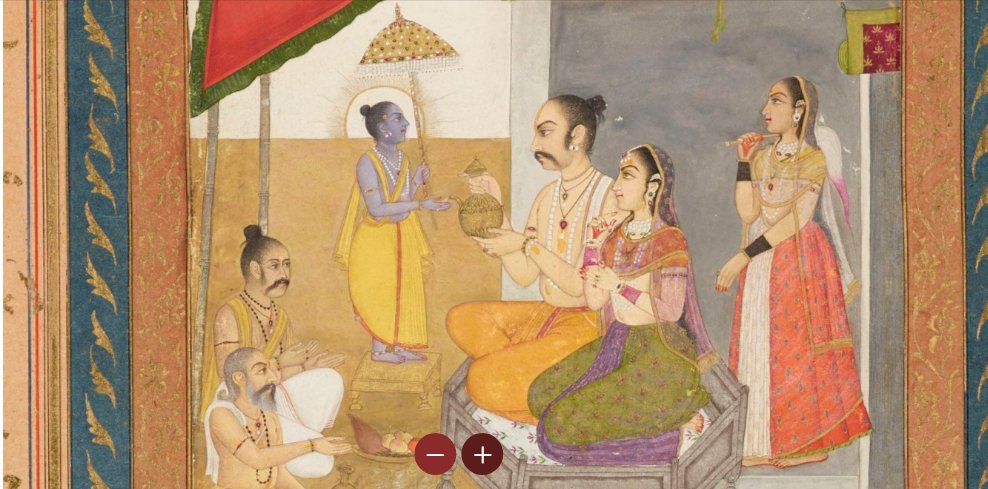
Here is a SOUTH INDIAN Pandyan era depiction of Vamana and Bali from Lakshmi Narasimha temple at Namakkal(Tamil Nadu, 8th century).
Bali is CLEARLY shown with a Yajnopavita (Janeu).
Again, he is consistently a member of Choti and thread club in depictions across India
Bali is CLEARLY shown with a Yajnopavita (Janeu).
Again, he is consistently a member of Choti and thread club in depictions across India
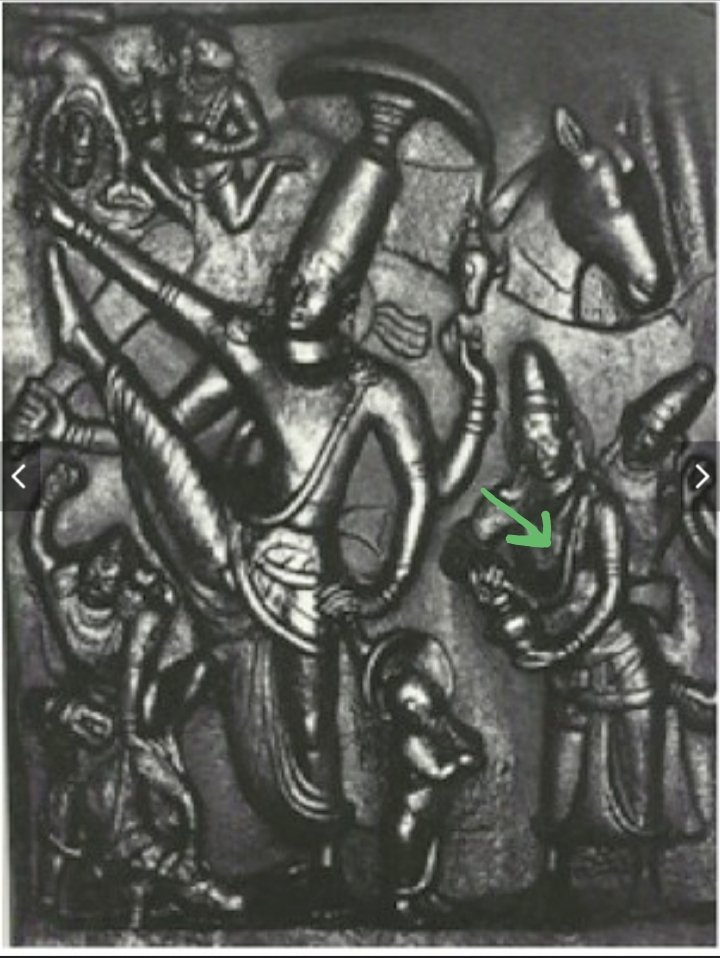
Here is another depiction of Bali and Vamana from Patna, Bihar (c.19th century)
Bali is shown pouring water and confirming his gift. His wife Vindhyavali stands beside him.
Again, one can CLEARLY see Bali's Choti, Yajnopavita and Tilaka
britishmuseum.org/collection/obj…
Bali is shown pouring water and confirming his gift. His wife Vindhyavali stands beside him.
Again, one can CLEARLY see Bali's Choti, Yajnopavita and Tilaka
britishmuseum.org/collection/obj…

And here is the painting of Bali and Vamana by the great MALAYALI painter Raja Ravi Varma (c.1910).
Vamana is shown placing his foot on Bali.
One can CLEARLY see the Choti on Bali's head and tilak on his forehead
Vamana is shown placing his foot on Bali.
One can CLEARLY see the Choti on Bali's head and tilak on his forehead

I could go on and on.
But here is my question.
Can Menon uncle show us a SINGLE painting of painting of Bali before 20th century which depicts Bali like this?
It is my challenge. If he shows even one, I will concede his point
But here is my question.
Can Menon uncle show us a SINGLE painting of painting of Bali before 20th century which depicts Bali like this?
It is my challenge. If he shows even one, I will concede his point

In fact, the Mahabali in this FAKE painting looks eerily similar to the so called "Holy Face of Jesus" which is nothing but a forgery impression on the FAKE shroud of Turin.
Just that he was a little Indianised by keeping the mustache, removing beard and darkening the skin

Just that he was a little Indianised by keeping the mustache, removing beard and darkening the skin
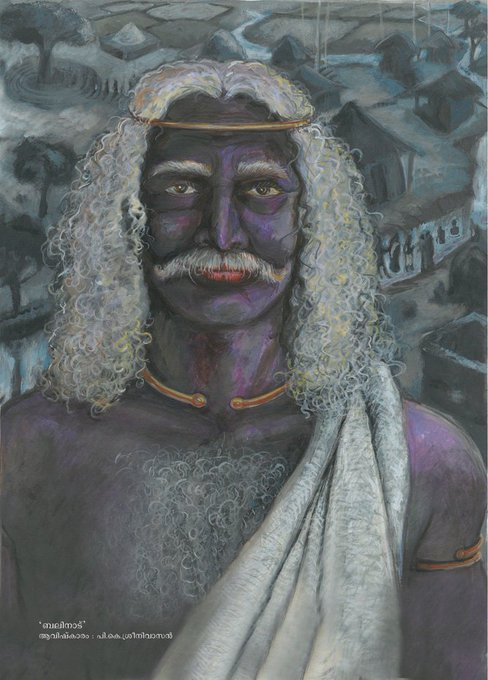
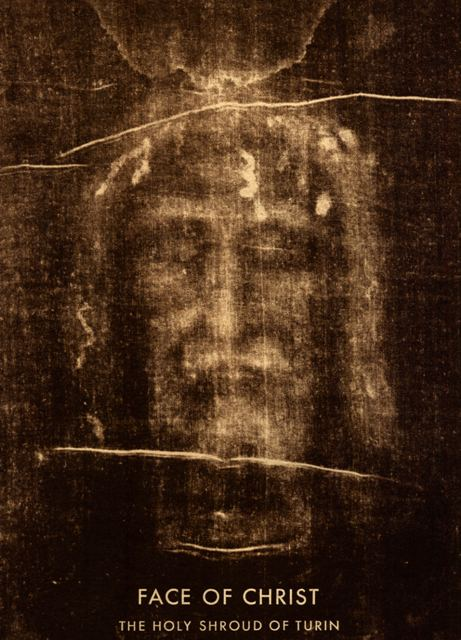
• • •
Missing some Tweet in this thread? You can try to
force a refresh


